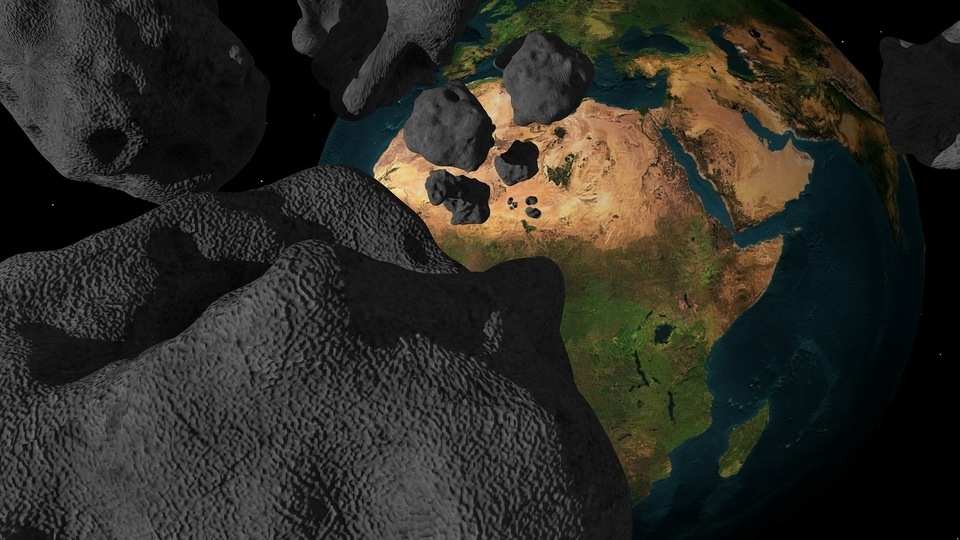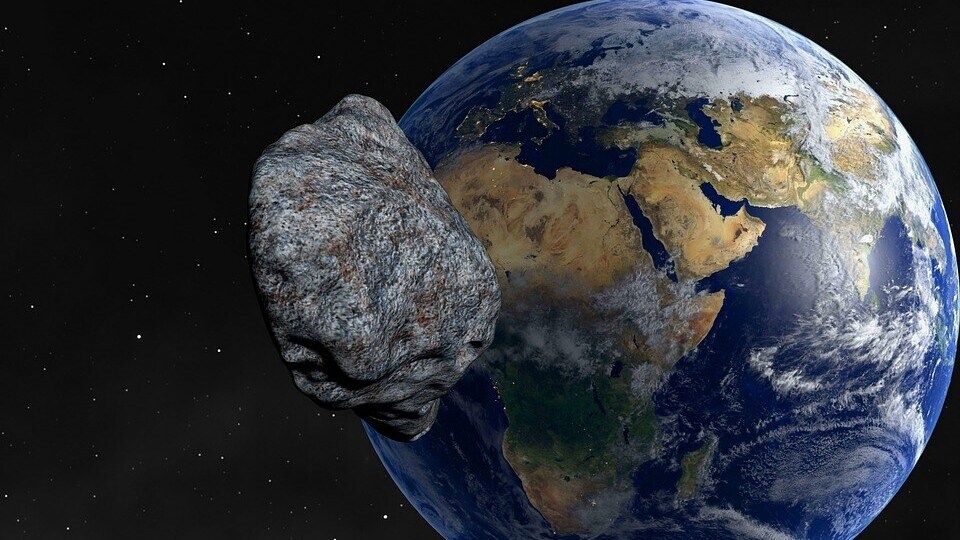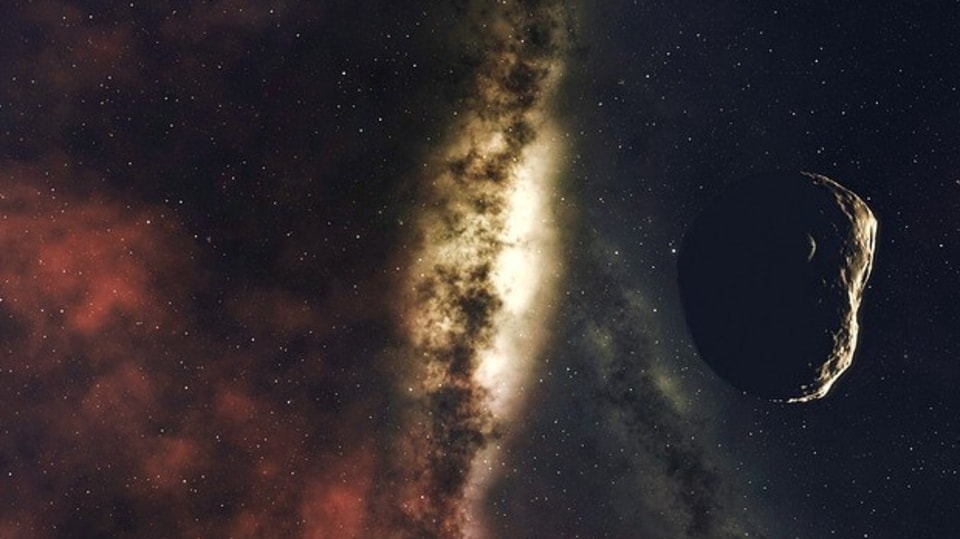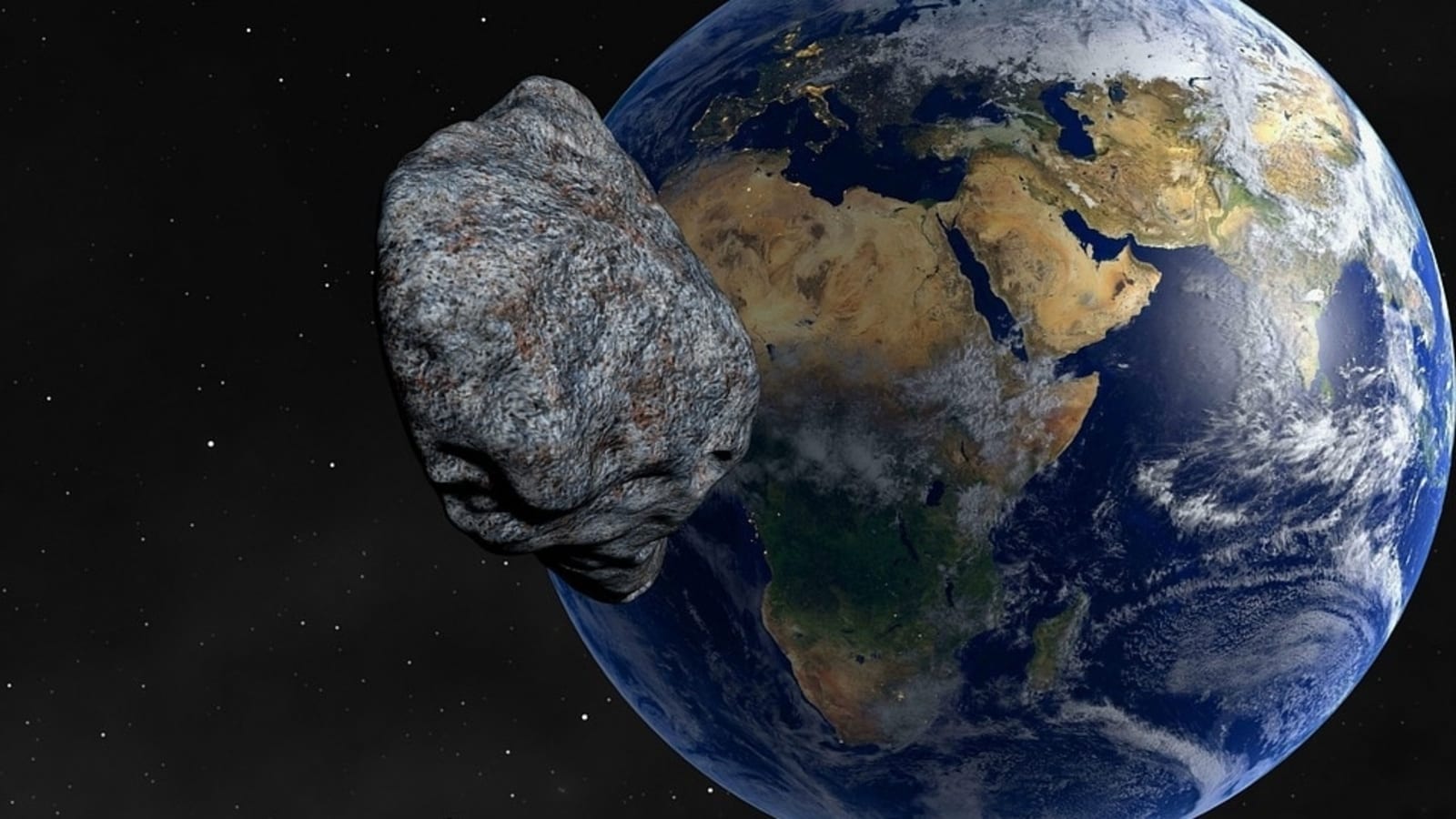Massive 88-foot asteroid to come dangerously close to Earth today; NASA pegs it at 5.6mn km
NASA has revealed that a huge aircraft-sized asteroid is all set to make a close approach to Earth today. Know about its speed, distance, trajectory and more.



_1638627105271_1638627118874.jpg)


 View all Images
View all ImagesNASA, with the help of its various space and ground-based telescopes, has discovered a huge aircraft-sized asteroid which is on its way towards Earth today. It is hurtling towards the planet at blistering speed. It has been classified as a potentially hazardous asteroid due to the close proximity of its encounter with Earth.
Details about Asteroid 2018 XU3
NASA's Planetary Defense Coordination Office is responsible for monitoring the skies and keeping a watch on various Near-Earth Objects (NEOs). If any NEO is at risk of Earth impact, it red flags and issues the alert.
The asteroid, named Asteroid 2018 XU3, is hurtling towards Earth and could make its closest approach to the planet today, December 13. In fact, it is already travelling towards us at a blistering speed of 37149 kilometers per hour. It will make its closest approach at a distance of 5.6 million kilometers.
It belongs to the main Apollo group of asteroids, which are a group of Near-Earth asteroids named after the humongous 1862 Apollo asteroid, discovered by German astronomer Karl Reinmuth in the 1930s.
The distance may look great, but even a slight deviation or deflection in the asteroid's trajectory as a result of interaction with Earth's gravitational field or something else, could send it tumbling towards the planet. However, NASA is tracking the asteroid constantly.
How is an Asteroid Orbit Calculated?
An asteroid's orbit is computed by finding the elliptical path about the sun that best fits the available observations of the object using various space and ground-based telescopes such as NASA's NEOWISE telescope and its brand-new Sentry II algorithm. That is, the object's computed path about the sun is adjusted until the predictions of where the asteroid should have appeared in the sky at several observed times match the positions where the object was actually observed to be at those same time.
As of now, nearly 28,000 near-Earth asteroids have been discovered using various survey telescopes which track objects in the sky.
Catch all the Latest Tech News, Mobile News, Laptop News, Gaming news, Wearables News , How To News, also keep up with us on Whatsapp channel,Twitter, Facebook, Google News, and Instagram. For our latest videos, subscribe to our YouTube channel.




























